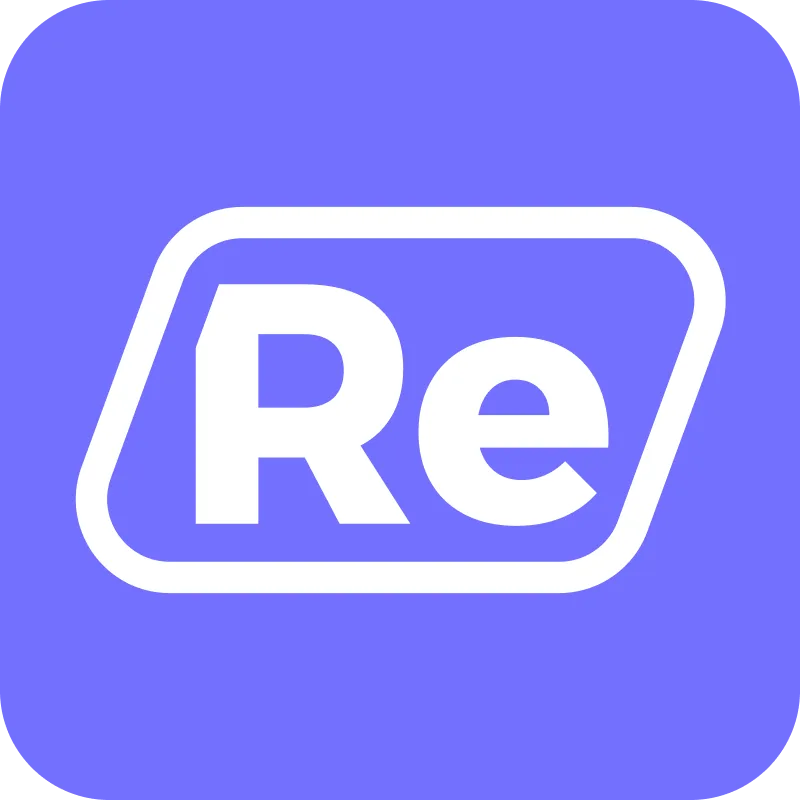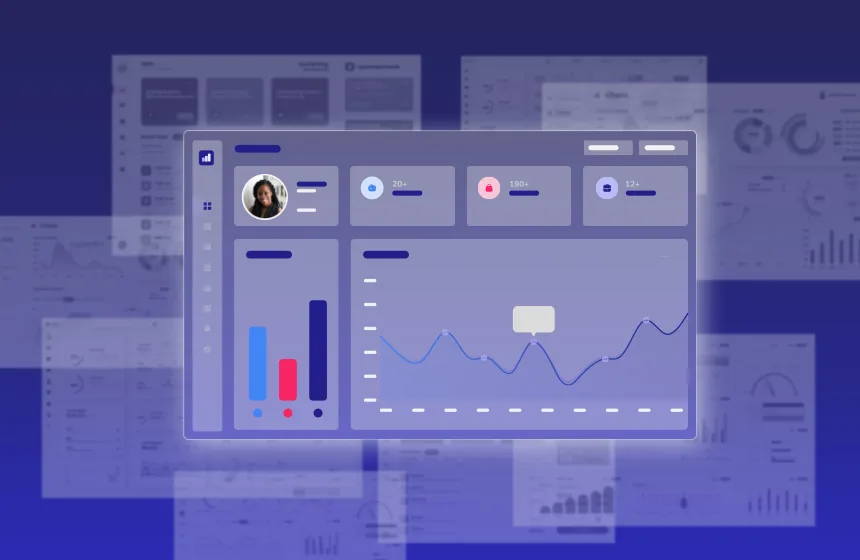Accelerate deals and increase win rates with the leading enterprise AI demo platform.
Agentic AI in Solutions Engineering: Worth the Hype?

August 14, 2025
Table of Contents
Let’s face it. If you’ve worked as a Solutions Engineer (SE), you know how quickly your calendar fills up. Between discovery, scoping, demos, and collaborating with sales and product teams, time is your most valuable resource.
Agentic AI — think of it as a digital teammate that can analyze, decide, and act — promises to reduce the repetitive, behind-the-scenes work that eats into your day. The idea of “automating away” parts of the SE workflow once seemed risky, especially when it came to high-touch, high-stakes tasks like demo creation.
But that’s changed.
With recent product advancements, agentic AI is showing real potential — not to replace SEs, but to supercharge them. Done right, agentic AI doesn’t generate canned product tours. It can now actively configure, populate, and maintain fully interactive demo environments that behave like the real product.
So instead of viewing agentic AI as a threat, it’s time to start seeing it as a powerful ally — especially in the places where it saves you the most time and unlocks the most impact.
Let’s break it down.
Agentic AI vs. Generative AI: What’s the Difference?
While agentic AI and generative AI both get a lot of buzz, they’re designed for different things.
Generative AI creates content — text, images, datasets, code, and more. You give it a prompt, and it gives you something back, often based on pattern-matching.
Agentic AI, on the other hand, goes further. Built on top of technologies like large language models (LLMs), agentic systems can take action independently. Think searching databases, updating environments, kicking off workflows — all with minimal human input. While generative AI helps you create, agentic AI helps you execute.
For SEs, that distinction matters. Generative AI is useful when you’re drafting RFPs or spinning up dummy data. But agentic AI is what makes it possible to automate the creation, configuration, and upkeep of demo environments, a task traditionally weighed down by manual effort and technical dependencies.
The Evolving Role of Agentic AI in Demo Creation
The conversation around AI in demo creation has shifted significantly.
Where skepticism once dominated — concerns about risk, reliability, and control — the technology has rapidly matured. Now, Agentic AI is proving its value in tangible, practical ways.
Agentic AI is now capable of:
- Cloning complex demo environments that work out of the box
- Populating those environments with tailored data
- Maintaining environments automatically to ensure they don’t break or go stale
This doesn’t mean SEs hand over control. It means you spend fewer hours writing scripts, fixing bugs, or reconfiguring sandbox environments.
The result?
- More time for discovery, storytelling, and customizing the message
- More confidence in high-stakes demos
- Less need for engineering support
In other words: Agentic AI gives SEs leverage, not limitations.
Where Agentic AI Can Help SEs Today
While demo automation is one of the most exciting areas right now, there are other promising applications emerging for SEs:
Use Case #1: RFPs
Some startups are using AI agents to make the process of gathering information across systems and drafting RFPs much easier. Companies like Arphie, for example, use AI agents for proposal drafting, security questionnaire responses, and due diligence questionnaires (DDQs). AI agents pull in and validate data across a number of sources like Salesforce, Slack, Sharepoint, HighSpot, and Google Drive.
Use Case #2: Sales CRM Agents
CRMs like Salesforce have introduced AI agents into their platforms to take independent actions and automate certain tasks like providing quotes. While some of the features may be more valuable for sales teams (think automated sales coaching), SEs can provide the inputs and data to make these systems more useful across the entire revenue team.
Use Case #3: Demo Data
While generative AI is still the go-to for creating synthetic datasets, agentic AI can now take things a step further — connecting directly to your systems, pulling the right data, and ensuring it’s injected into your demo automatically.
The Bottom Line
Agentic AI isn’t here to replace Solutions Engineers. It’s here to eliminate the manual, repetitive, and low-leverage work that gets in the way of what SEs do best: building trust, solving problems, and closing deals.
If you’re an SE, don’t ignore agentic AI — explore it! Pilot tools that promise out-of-the-box demo environments. Test AI agents on internal workflows. Focus on where they free up your time, not where they try to mimic your expertise.
This isn’t about automation for its own sake. It’s about creating more space for the human parts of presales, the parts that actually drive revenue.
Read more: Demoing AI Software is Different: Why Control is Key






